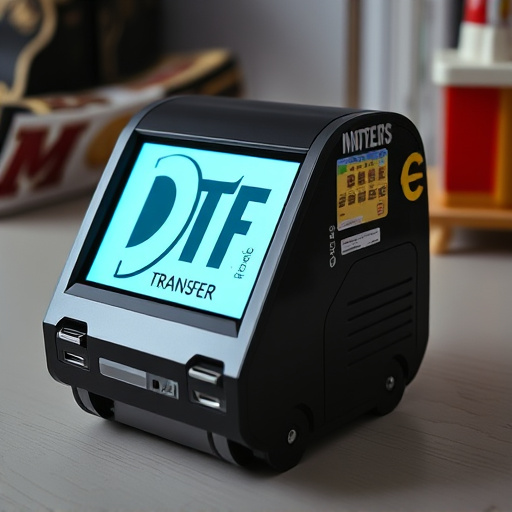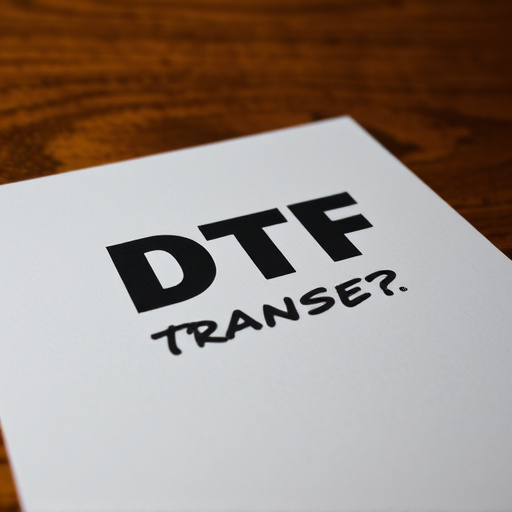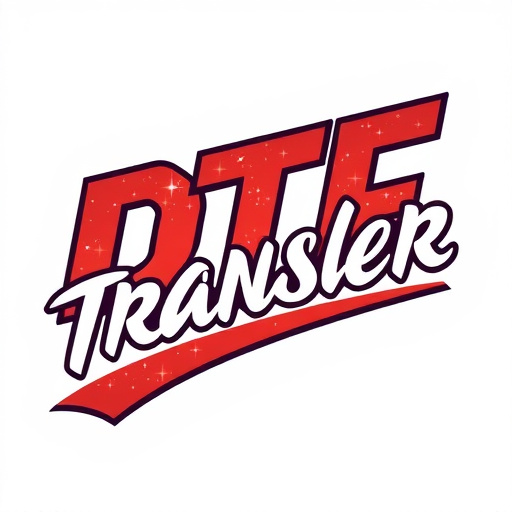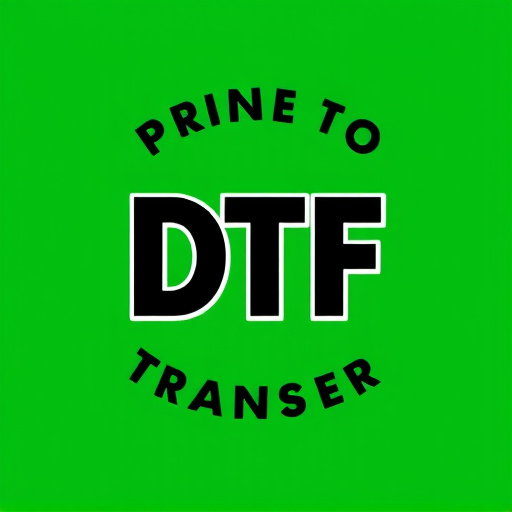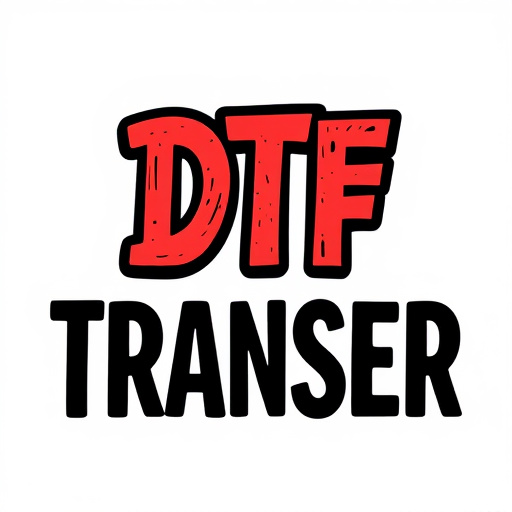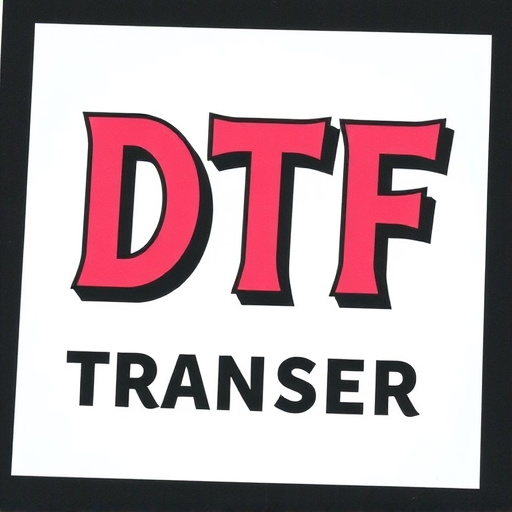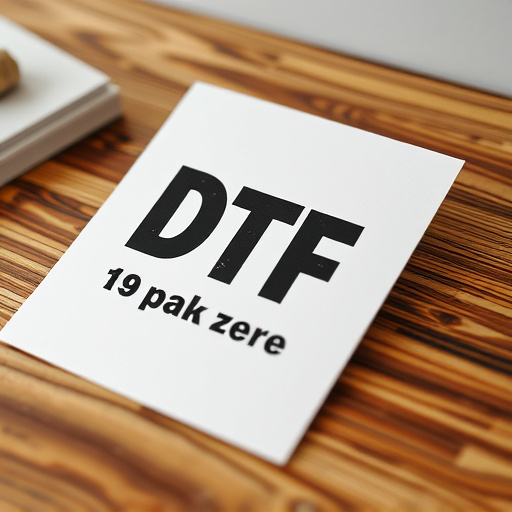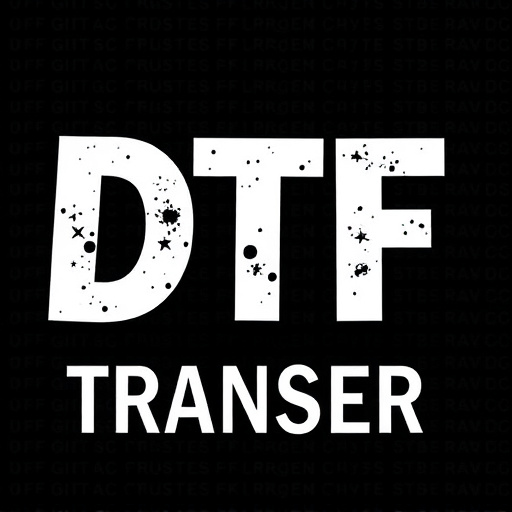Direct-to-film (DTF) transfers are transforming business printing by offering high-volume, high-quality graphics with unparalleled precision. This cutting-edge method eliminates intermediate steps, producing vibrant, detailed prints on various materials, from banners to packaging. DTF's speed and efficiency make it ideal for bulk orders and frequent updates, while its durability is suitable for outdoor displays. Choosing a DTF solution involves considering material compatibility, print speed, volume capacity, energy efficiency, and integration capabilities. The process involves graphic artists creating designs, which are prepared and burned onto film negatives for sealing on print media. Standardized procedures and quality control ensure consistent prints. DTF technology streamlines workflows, benefits diverse industries, and enhances printing consistency, making it a versatile, cost-effective game-changer for high-volume business needs.
Direct-to-film (DTF) transfers are transforming high-volume business operations by offering efficient and cost-effective solutions for printing on various materials. This article provides a comprehensive guide to understanding and leveraging DTF technology. We explore its benefits for businesses, from enhanced productivity to improved material versatility. Learn about the key factors in selecting the right DTF transfer solution, the printing process, quality assurance, and seamless integration into existing workflows, empowering your business to thrive in today’s competitive market.
- Understanding Direct-to-Film (DTF) Transfers: A Comprehensive Overview
- Benefits of DTF for High-Volume Business Applications
- Choosing the Right DTF Transfer Solution: Key Factors to Consider
- The Printing Process: From Design to Final DTF Prints
- Ensuring Quality and Consistency in DTF Transfers
- Integrating DTF Technology into Your Business Workflow
Understanding Direct-to-Film (DTF) Transfers: A Comprehensive Overview
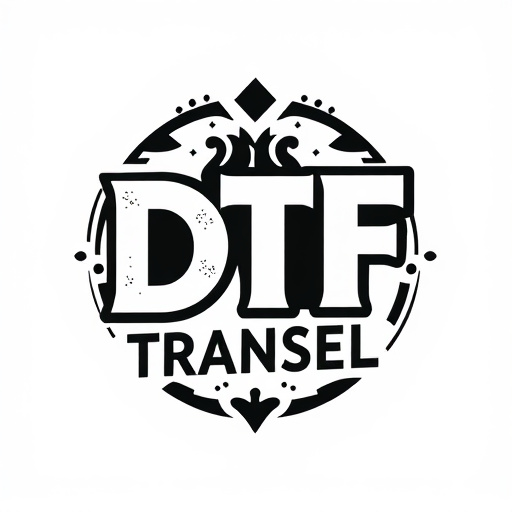
Direct-to-film (DTF) transfers are a cutting-edge printing technology revolutionizing business operations that rely on high-volume, high-quality graphics. Unlike traditional printing methods, DTF involves transferring ink directly onto film, eliminating intermediate steps and resulting in precise, vibrant prints suitable for various applications. This efficient process is particularly advantageous for businesses requiring quick turnaround times and consistent image quality.
DTF offers unparalleled precision, enabling the reproduction of intricate designs with exceptional detail. The technology’s versatility allows for printing on a diverse range of materials, from banners and signage to packaging and labels. Furthermore, DTF prints are known for their durability, making them suitable for outdoor displays or environments subject to wear and tear. This comprehensive overview highlights the benefits of adopting DTF transfers for businesses seeking an efficient, cost-effective solution to meet their printing demands.
Benefits of DTF for High-Volume Business Applications

Direct-to-film (DTF) transfers offer a myriad of advantages for high-volume business applications. One of its key benefits is speed and efficiency; DTF Printing allows for quick production runs, making it ideal for businesses requiring bulk orders or frequent updates. This method eliminates the need for intricate setup processes, as designs are directly printed onto film, streamlining workflows and reducing production time significantly.
Furthermore, DTF provides exceptional versatility in terms of material and finish options. From various types of film to unique coatings, this technology enables businesses to create custom prints tailored to specific requirements. Its durability is another advantage; DTF Transfers often have a longer lifespan compared to traditional printing methods, ensuring that printed materials withstand the rigors of high-volume use, making it a cost-effective solution for long-term needs.
Choosing the Right DTF Transfer Solution: Key Factors to Consider
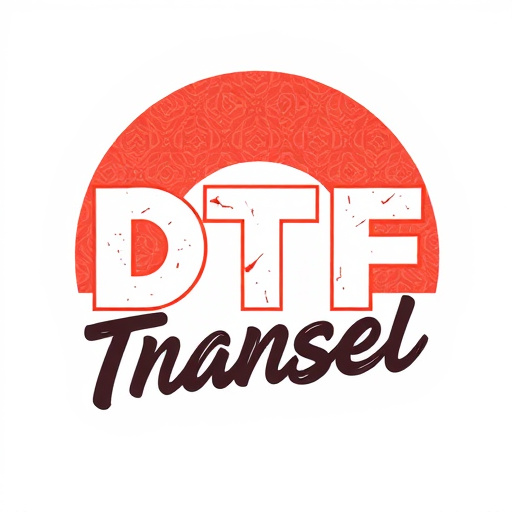
When selecting a Direct-to-Film (DTF) transfer solution for high-volume business use, several key factors come into play. Firstly, consider the specific application and material compatibility. Different DTF printers cater to various media types, from vinyl to flexographic inks. Ensuring the chosen printer can handle your desired prints is essential. Secondly, evaluate print speed and volume capacity. High-volume businesses require machines that can keep up with their production demands, offering fast processing times without compromising quality.
Additionally, the ease of use and maintenance of the DTF transfer system should be assessed. Look for user-friendly features, intuitive software interfaces, and reliable after-sales support. Efficient troubleshooting and quick replacement parts can significantly reduce downtime and increase productivity. Moreover, consider energy efficiency and environmental impact, especially if your business has sustainability goals. Lastly, explore integration options with existing workflows to streamline processes and enhance overall operational efficiency.
The Printing Process: From Design to Final DTF Prints
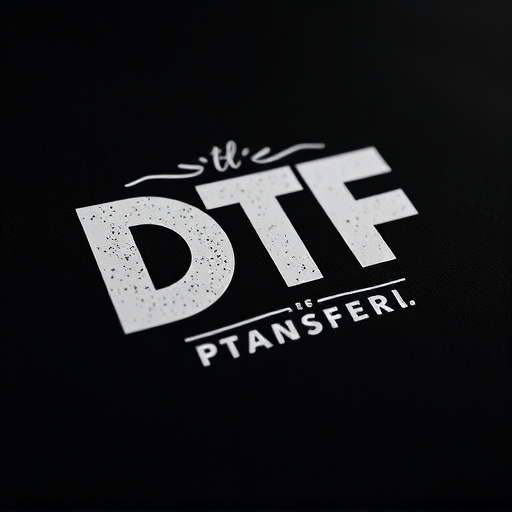
The direct-to-film (DTF) transfer process is a cutting-edge technology that has transformed how businesses approach large-volume printing. It’s not just about creating prints; it’s an art that involves several intricate steps to ensure precision and quality. The journey begins with design, where graphic artists meticulously craft the desired image or text using specialized software. This digital masterpiece is then prepared for printing, involving meticulous settings adjustments to optimize color accuracy and resolution.
Once ready, the DTF transfer process kicks into gear. The design is precisely burned onto a film negative, which acts as a template. This film is then carefully positioned over the print medium, typically a flexible material or fabric, creating a vacuum that seals the image in place. Heat and pressure are applied to transfer the design onto the substrate, resulting in sharp, vibrant DTF prints. This method allows for rapid production of high-quality materials, making it an ideal solution for businesses seeking efficient and cost-effective printing solutions.
Ensuring Quality and Consistency in DTF Transfers
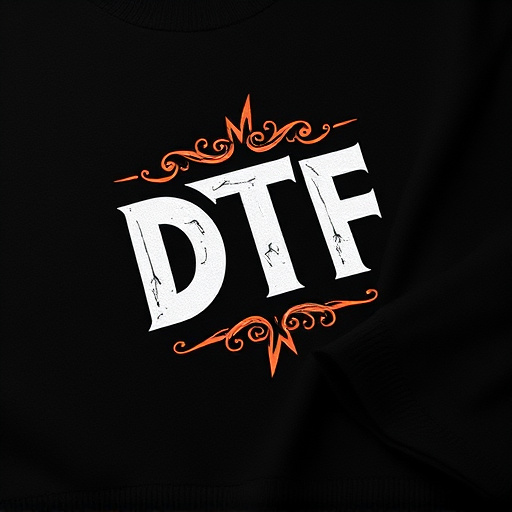
Ensuring top-tier quality and consistency is paramount when employing Direct-to-Film (DTF) transfers for high-volume business use. The process demands meticulous attention to detail, as even minor variations can impact the final DTF prints. Standardized procedures and equipment calibration are crucial to maintain uniformity across batches. This includes regular maintenance of printing hardware, adherence to strict ink and substrate specifications, and establishing clear quality control measures.
To guarantee consistency, businesses should implement comprehensive testing protocols before mass production. This involves evaluating print resolution, color accuracy, and material durability under various conditions. By fostering a culture of quality assurance, companies can produce reliable DTF transfers that meet the demanding requirements of high-volume applications, ensuring customer satisfaction and brand reputation.
Integrating DTF Technology into Your Business Workflow

Direct-to-film (DTF) technology is transforming business operations, especially for high-volume printing needs. This innovative process allows for seamless integration into existing workflows, streamlining production and enhancing efficiency. By eliminating the need for intermediate plates or films, DTF transfers offer a direct path to final prints, resulting in faster turnaround times and reduced costs. Its simplicity makes it accessible for various industries, from marketing and advertising to event management and merchandise printing.
Integrating DTF into your business means embracing a future-proof technology that promises versatility and speed. With its ability to handle complex designs and high-resolution images, DTF Printing ensures consistent quality across prints. This direct approach also opens doors for on-demand printing, allowing businesses to adapt quickly to changing market demands without sacrificing consistency or quality, making it an invaluable asset in today’s dynamic business landscape.

